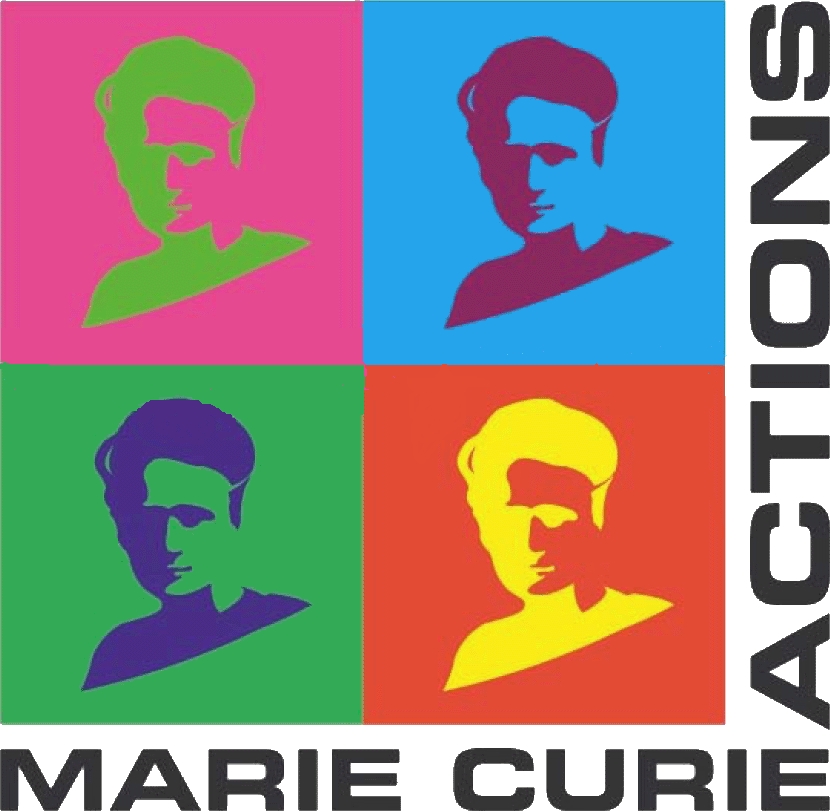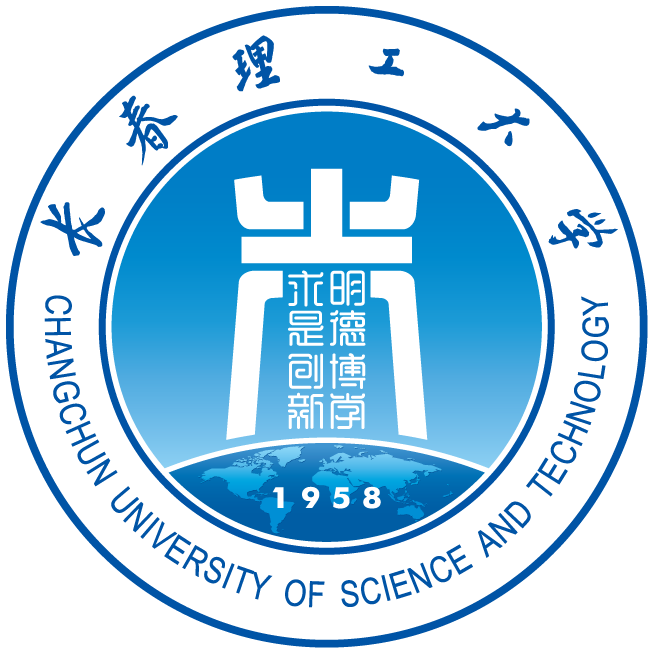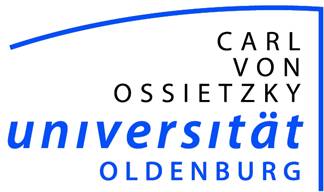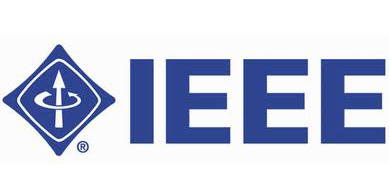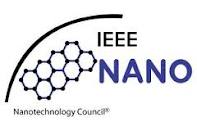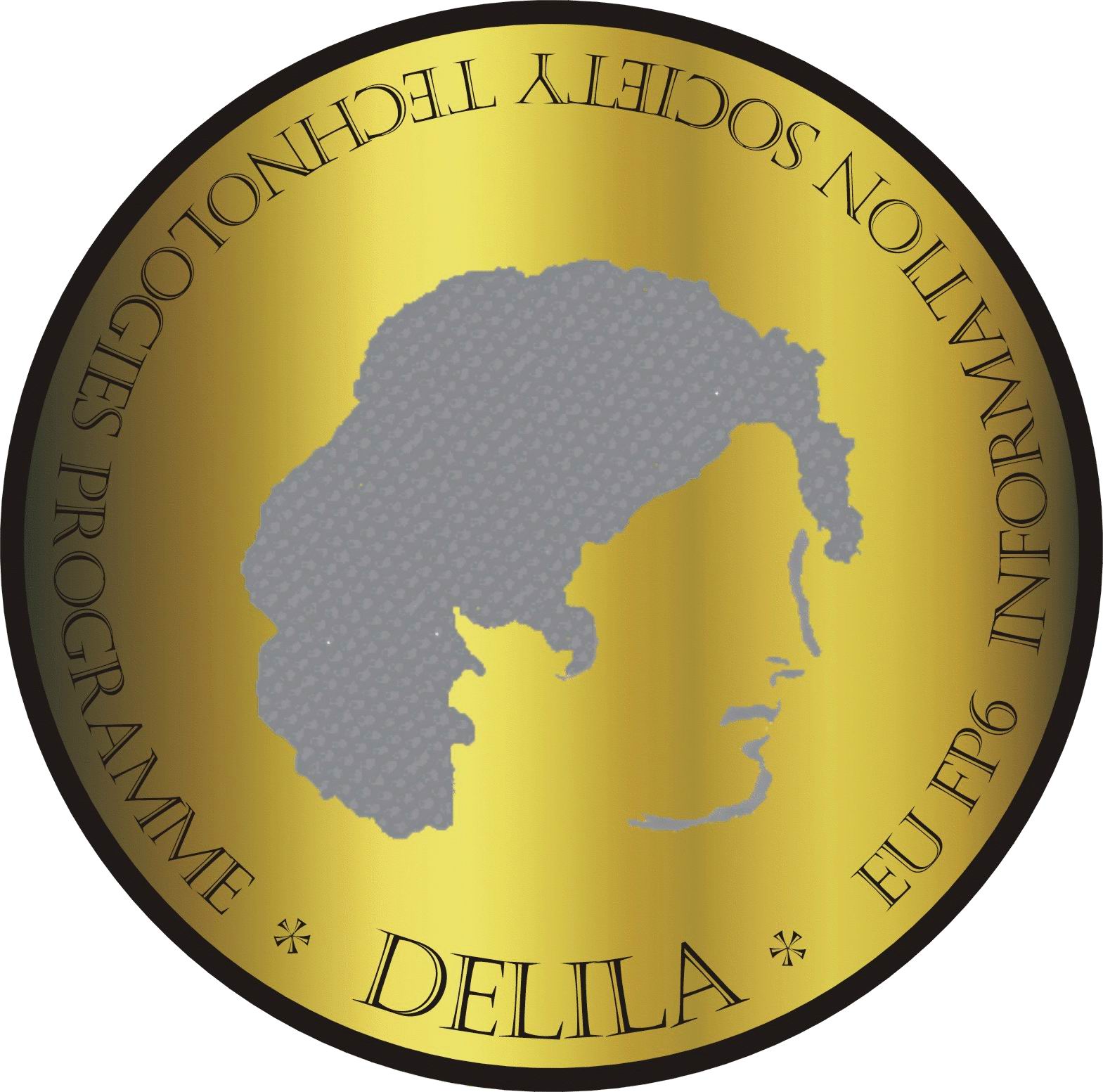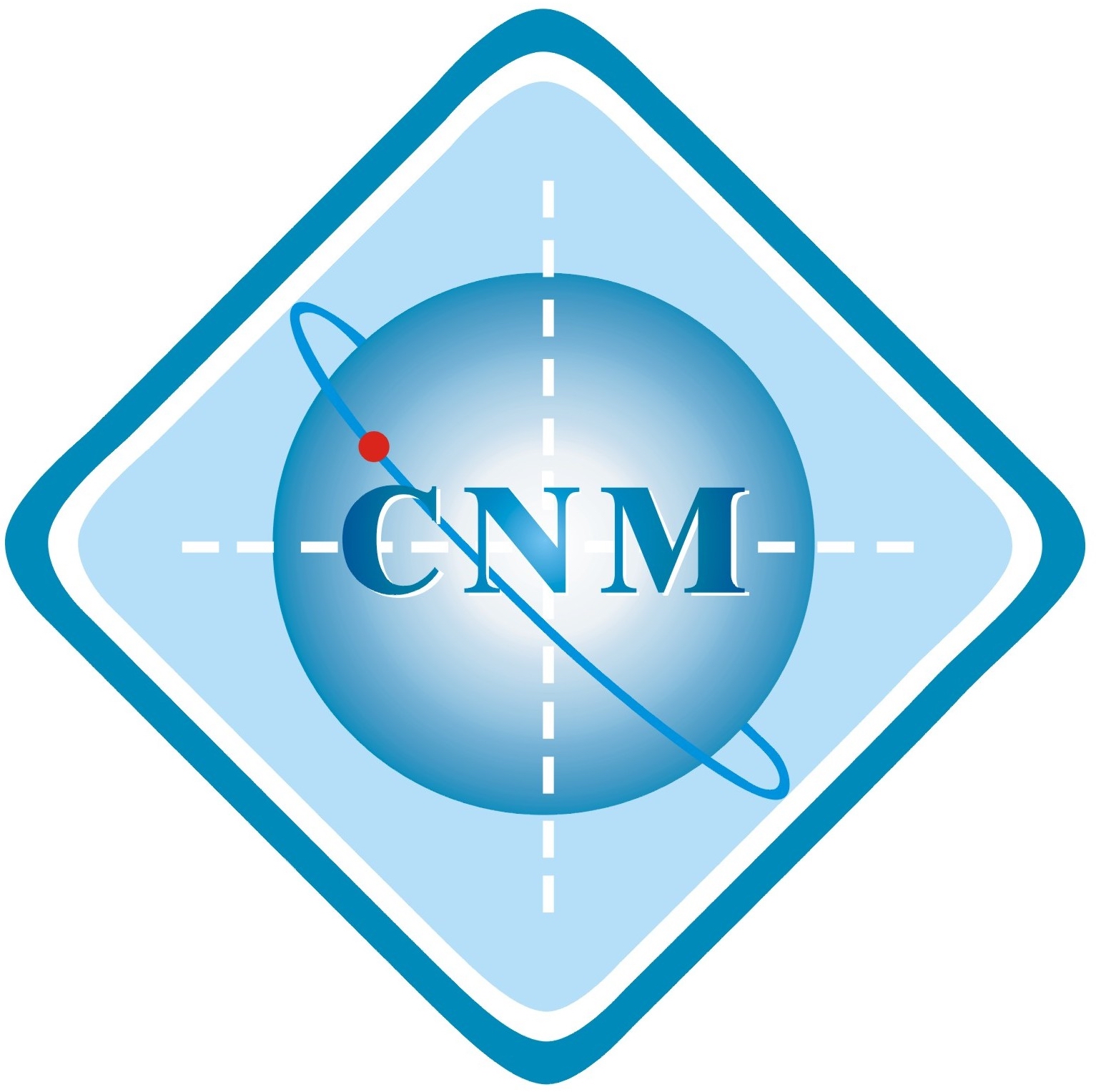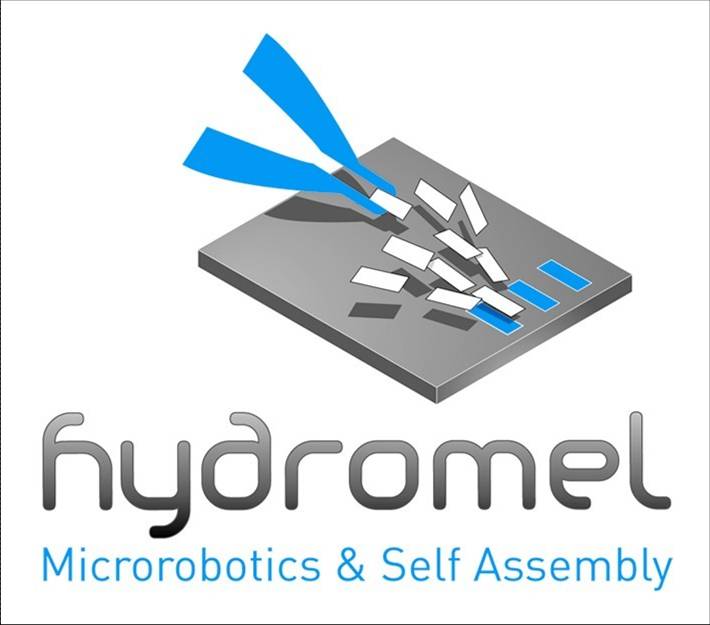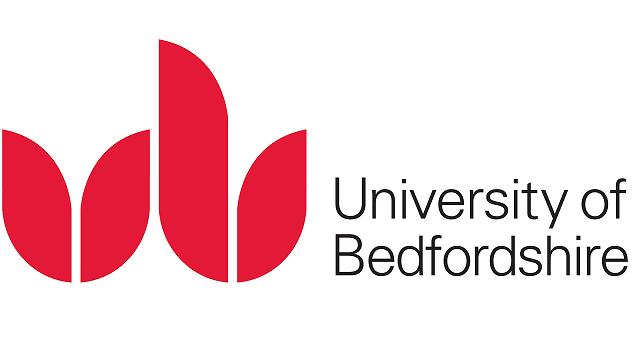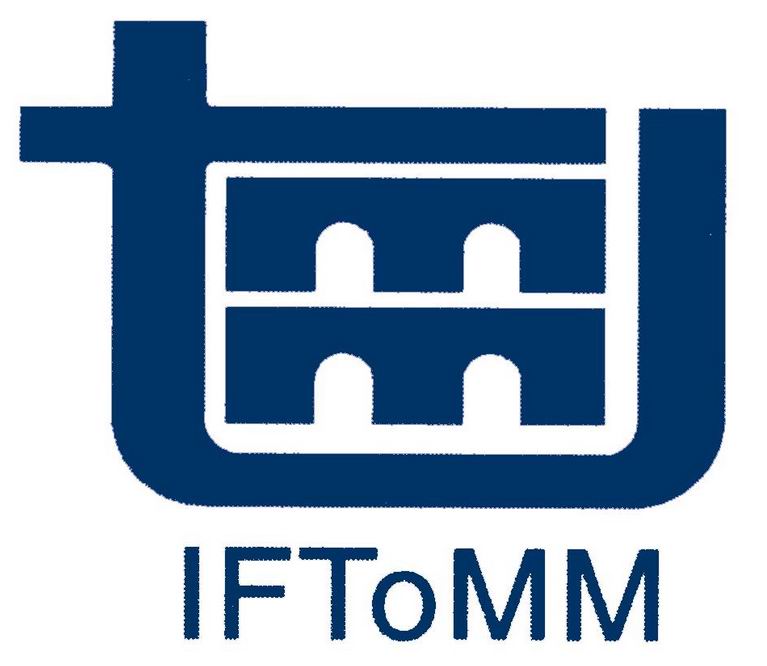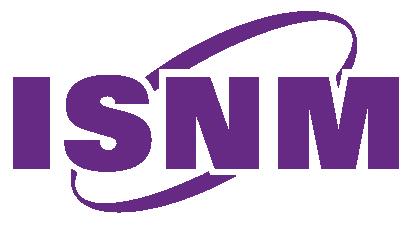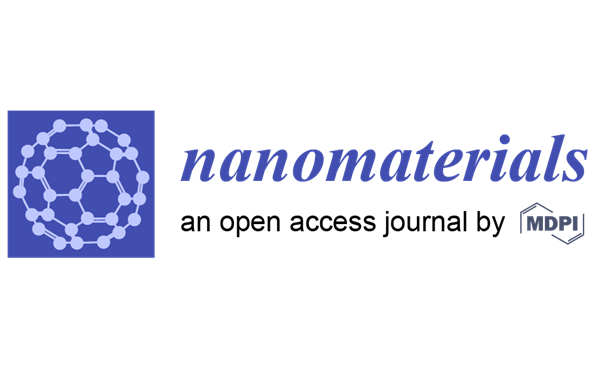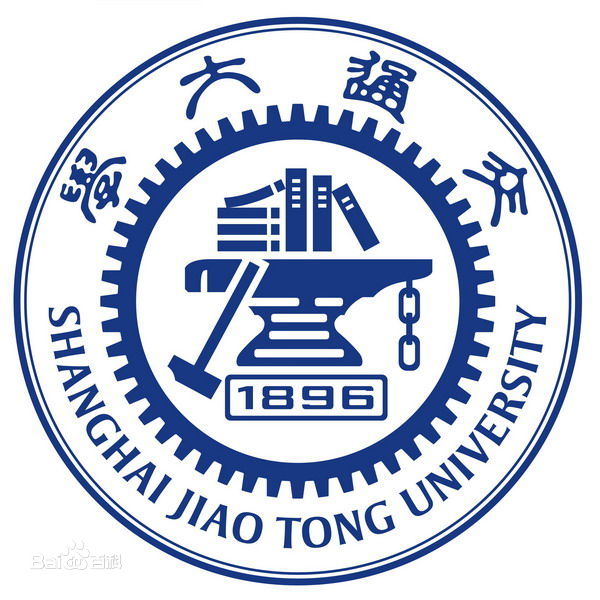|
|
| |
Keynote Speakers |
|
|
|
|
|
|
|
| |
|
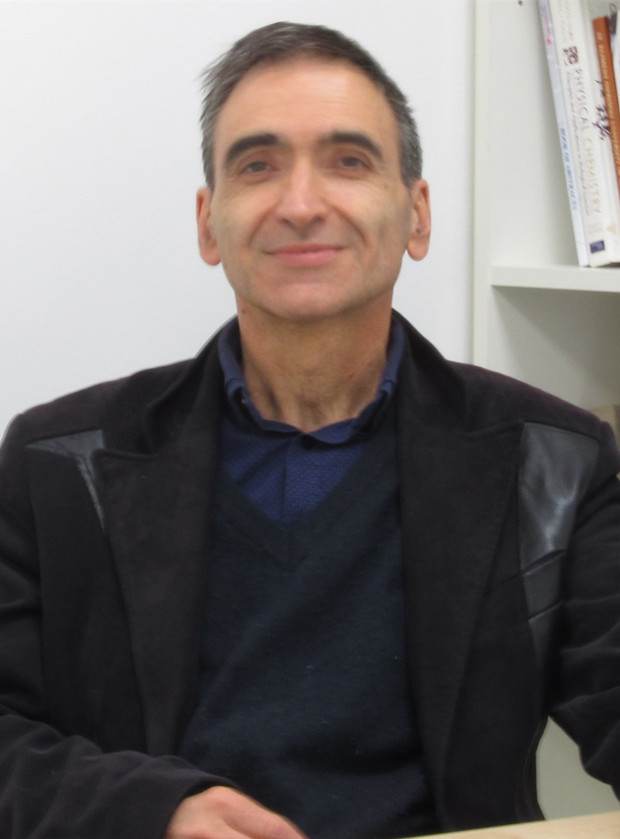
|
|
Ivan Buchvarov |
|
PhD, Associate Professor |
|
Physics Department |
|
Sofia University "St. Kliment Ohridski" |
| Bulgaria |
|
|
|
Personal homepage |
|
|
|
Title: Advanced Medical and Material Science Applications based on Mid-IR Tunable Laser System: Tabletop Alternative to the Free-Electron Laser. |
|
Abstract: Since the discovery of lasers, they have been viewed as promising instruments for producing specific material states by selective manipulations that could not be realized by conventional incoherent addition of thermal or electronic energy to the material. Although the selective laser chemistry is still a dream, the selective control of material processing done by optimization of laser wavelength, pulse duration, pulse energy per unit area and laser average power is frequently used to move some contemporary technology beyond of its limits. The utilization of the unique mid-infrared (IR) laser radiation in hard and soft tissue and in materials research has produced and identified a wealth of high-impact applications and potential technology breakthroughs in these areas. Until now, mid-IR free-electron lasers are major laser sources which have been successfully used to demonstrate a number of new emerging technologies e.g. surgery with minimal collateral damage- brain surgery, optic nerve sheath fenestration, mid-IR laser enhanced trans-dermal drug delivery , mid-IR laser induced green fluorescence protein gene transfer and laser induced syntheses of new materials. Free-electron lasers are multimillion-dollar facilities with unique pulse characteristics and they are not accessible to the general public. Many of the above applications require optical pulses shorter than the characteristic thermalization time of the material, and pulse energies sufficiently high enough for material ablation. In addition, the average power of the laser has to be large enough to enable “high-throughput” and acceptable product yields.
A portable and cost-efficient alternative to the FEL providing high energy/average power tunable mid-IR radiation can be obtained based on all-solid state laser technology. Using a optical parametric conversion in combination with novel near-IR laser pump source near 1 μm and new non-linear materials we have obtained high-power (>3 W) tunable laser radiation across the peak of the water absorption ~ 3 µm with an unprecedented energy level (>6 mJ) at a repetition rate of 500-1000 Hz. This laser system promises new capabilities for optimization of surgical treatments because the incision parameters (i.e. ablation profile, collateral cell damage etc.) depend on the structural properties and water content of the tissue. Thus the laser can be used to develop a minimally invasive surgery in a tissue-specific manner. Biocompatibility improvement of biomaterials by texturing with ultra-short laser pulses will be also considered. In addition prospective of development of new methods for laser induced syntheses of super hard materials will be presented. |
|
|
|
|
Hao Chen |
|
Professor |
|
Department of Chemistry and Biochemistry |
|
Ohio University |
| USA |
|
|
|
|
|
|
|
Title: Mass Spectrometric Study of Electrochemistry |
|
Abstract: Electrochemistry coupled with mass spectrometry (EC/MS) is a powerful means for identifying the products or intermediates of electrochemical reactions, which is not only useful for redox reaction mechanism elucidation but also leads to many valuable bioanalytical applications. The versatility of EC/MS stems from two facts. First, MS can serve as a sensitive and general detector for electrochemical cells and can provide molecular weight information about an analyte of interest. In addition, tandem MS analysis can be used for structural determination based on ion dissociation. Second, electrochemical conversion can improve analyte ionization or provide desired modification to the analyte prior to MS analysis. Attracted by the complementary nature of these two techniques, the marriage of EC and MS appears perfect and appealing. In this talk, I will focus on the development of electrochemical mass spectrometry using ambient ionization methods such as desorption electrospray ionization (DESI) and its applications for proteomics study. The history and future development in this area will be also discussed.
|
|
| |
|
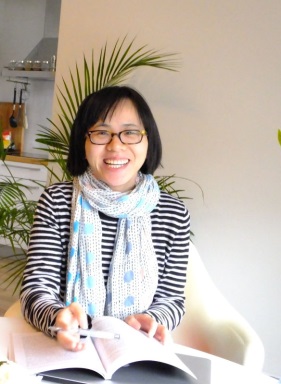 |
|
Jie Cai |
|
Editor |
|
Wiley |
|
Ph.D |
|
biomedical science |
|
Leiden University Medical Center, Netherlands |
|
Personal homepage |
|
|
|
Title: Publishing in Wiley Materials Science Journals |
|
Abstract: A highly competitive research environment with increasingly limited research funding has created a “Publish or Perish” attitude among scientists who are judged on the quantity rather than quality of their research articles. This presentation provides a brief overview of current trends and challenges in scientific publishing, some ethical considerations, how publishers and authors interact and influence each other, and how the publishing arena is being transformed. Tips will be presented on how to select an appropriate journal for your paper, what aspects of preparation and presentation to focus on from an editor’s and referee’s perspective, and hints for increasing the discoverability of your paper after publication. |
|
|
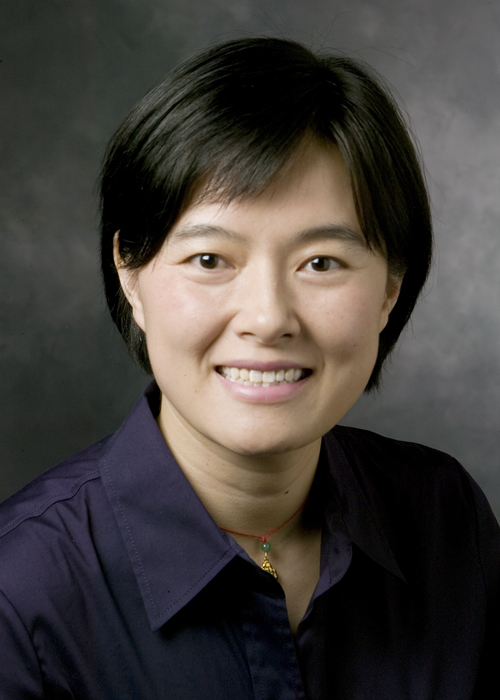
|
|
Bianxiao Cui |
|
Associate Professor |
|
Department of Chemistry |
|
Stanford University |
| USA |
|
|
|
Personal homepage |
|
|
|
Title: The Role of Membrane Curvature at the Nano-bio Interface |
|
Abstract: The interaction between the cell membrane and the contacting substrate is crucial for many biological applications such as medical implants. We are interested in exploring nanotechnology and novel materials to improve the membrane-surface interactions. Recently, we and other groups show that vertical nanopillars protruding from a flat surface support cell survival and can be used as subcellular sensors to probe biological processes in live cells. Vertical nanopillars deform the plasma membrane inwards and induce membrane curvature when the cell engulfs them, leading to a reduction of the membrane-substrate gap distance. We found that the high membrane curvature induced by vertical nanopillars significantly affects the distribution of curvature-sensitive proteins and stimulates several cellular processes in live cells. Our studies show a strong interplay between biological cells and nano-featured surfaces, which is an essential consideration for future development of interfacing devices. |
|
|
|
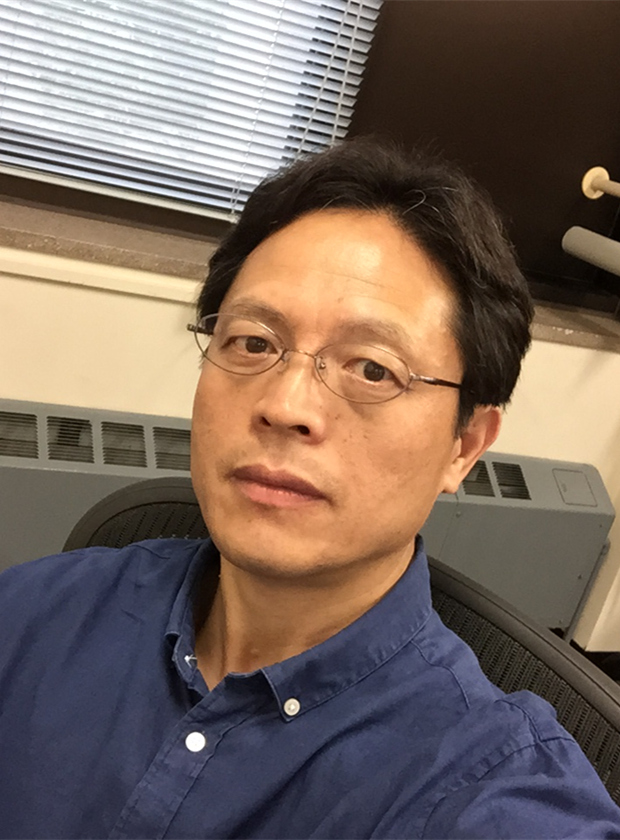
|
|
Bunshi Fugetsu |
|
Professor |
|
School of Engineering |
|
|
The University of Tokyo |
|
Japan |
|
Personal homepage |
|
|
|
Title: Graphene Based Far-infrared Heating Films |
|
Abstract: Generation, transfer, and use of heat have long been the essential activities over the long history of human civilization. Heat, in ancient times, was obtained entirely by burning the naturally occurred fuels. The burning of fuels generates heat but in the same time produces pollutants to environment. Conversion of electricity in to heat, due to its clean property yet high conversion efficiency, has received high attentions. A certain amount of far-infrared ranged radiative energy is contained in the electricity based heat; transfer and thereby the use of this kind of thermal energy can be performed via thermal radiation. In this study, we used graphene as a convertor for achieving the goal of generation of heat from electricity. Physically exfoliated graphene was dispersed in water at nano-level of dispersion; a certain amount of waterborne polymer based binders was then introduced to create a waterborne type of electric conductive ink. The ink was printed on one side of a PET based film via an intaglio printing process; after curing/drying treatments, graphene has established a continuously interconnected layer with a thickness of about 7 micrometers. Two silver/copper (Ag/Cu) duplicated electrodes were then placed over the graphene layer with a 50 cm distance between the electrodes. The intaglio-printed graphene layer together with the Ag/Cu duplicated two electrodes were finally laminated with another piece of PET film via thermal fusion. Electric resistivity of the intaglio-printed graphene layer was optimized at approximately 30 ohm per centimeter. A voltage of 220 V was applied to the 50 cm distanced electrodes; the intaglio-printed graphene thin layer behaved as an electricity/heat convertor. Its surface temperature elevated from the ambient temperature (about 18 ˚C) to 50 ˚C within 50 seconds and then remained almost unchanged. Electricity had been converted in to heat with a conversion efficiency of 99.2%; moreover, the total resultant heat consisted of 72% the far-infrared ranged radiative energies (wave length, 2 ~ 14 micrometers). This value of the electricity/far-infrared energy conversion is about 15% higher than that of the electricity/far-infrared energy converting efficiency observed by using the conventional carbon materials as the electricity/heat convertor at the identical temperatures. A model of "graphene-vibration" under excitation by electricity is proposed to explain the possible mechanism of the far-infrared emission during the electricity/heat conversion. As a novel, efficient, clean, and comfort heating device, the graphene based far-infrared low-temperature heating film can find wide ranges of practical applications, such as houses heating, crops incubating, timbers drying, and industrial products curing, etc. |
|
|
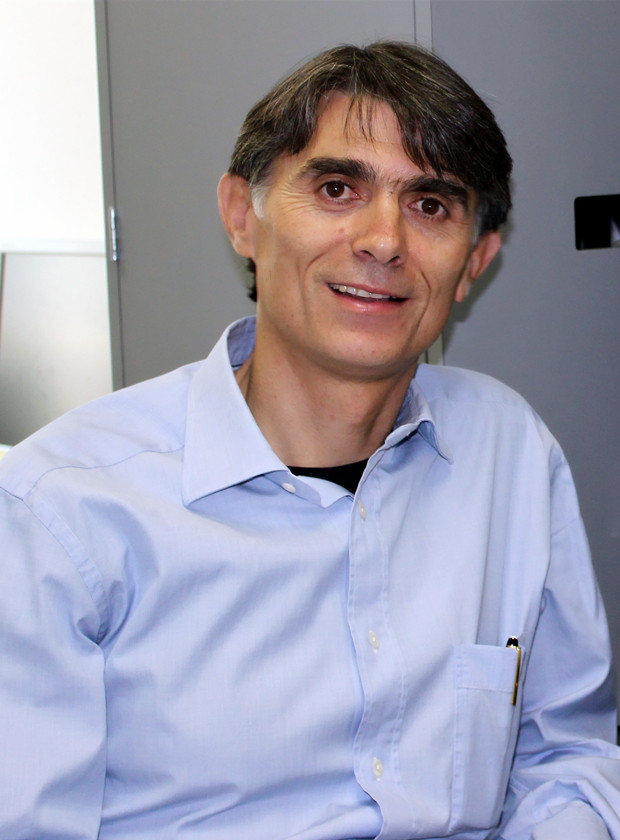
|
|
Ricardo Garcia |
|
Professor |
|
|
|
Nanoscience and Nanotechnology
Instituto de Ciencia de Materiales de Madrid |
|
CSIC |
|
Spain |
|
Personal homepage |
|
|
|
Title: Advanced Scanning Probe Methods for Measurement, Patterning and Device Fabrication at the Nanoscale |
|
Abstract: The goal of this contribution is to present some recent applications of force microscopy in three areas: imaging1-2, nanomechanics2-3 and nanofabrication4-5. Specifically, the focus will be oriented to applications to study a wide range systems, from biomolecules to polymers to novel 2D electronic materials, in air and liquid environments. The first section provides an introduction to some key aspects of advanced force microscopes. The second section describes some applications to generate high resolution (atomic, molecular or nanoscale) maps of different interfaces from soft matter (polymer and biomolecules) to metal-organic-frameworks. Those maps combine topography and nanomechanical properties. A method to generate three dimensional and atomically-resolved maps of solid-liquid interfaces will be presented. The third section, illustrates how the nanoscale control afforded by scanning probe microscopes has enabled the development of a scanning probe lithography. I will introduce some of its applications in nanopatterning and device fabrication of nanoscale field-effect transistors, quantum dots and biosensors. |
|
|
|
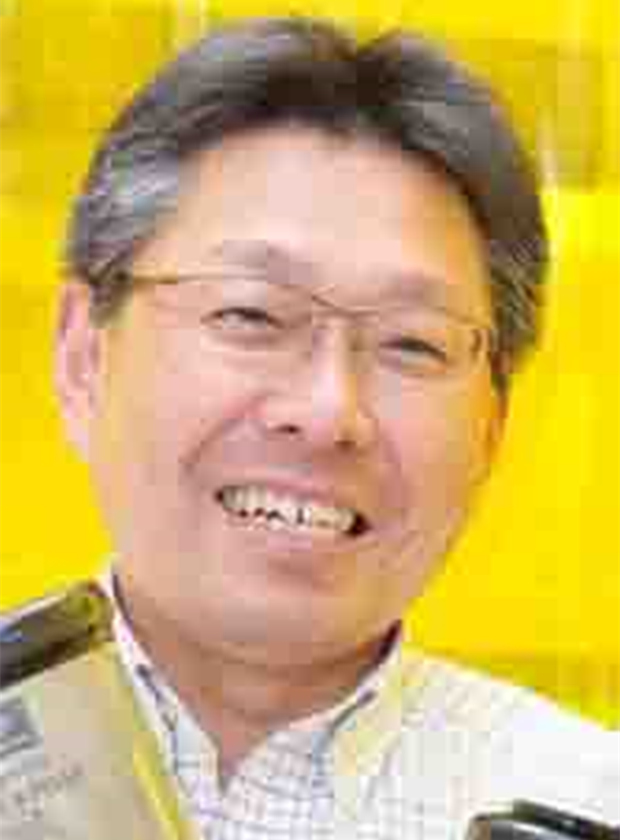
|
|
Yasuhiko Hayashi |
|
Professor |
|
|
|
Graduate School of Natural Science and Technology |
|
Okayama University |
|
Japan |
|
Personal homepage |
|
|
|
Title: Intentionally Encapsulated Metal Alloys within Vertically Aligned Multi-Walled Carbon Nanotube Array via Chemical Vapor Deposition Technique |
|
Abstract: Here we present a growth and characterization of vertically aligned PdxCo1-x alloy encapsulated inside Multi-Walled Carbon Nanotube (MWCNT) arrays on Pd/Co thin layers coated Si substrate by a dc bias-enhanced plasma chemical vapor deposition (CVD) method. The samples were examined using a scanning electron microscope (SEM) and an off-axis electron holograms of individual Metal Alloy Encapsulated within MWCNTs (MAE-MWCNTs) were characterized by transmission electron microscopy (TEM). A vibrating sample magnetometer was used to study the magnetism of the large area MAE-MWCNTs at room temperature. The SEM images show the teardrop-shape particles encapsulated in the tube top of MWCNTs. The hysteresis loop of the ME-MWCNTs shows clear ferromagnetic behavior and the easy axis of magnetization is parallel to the MEA-MWCNT tube axis, as can be elucidated from the large coercive fields and remanence values. Based on electron holography, we have successfully obtained the saturation magnetization of 0.7 T and 1.12 T for the individual isolated MAE-MWCNT with diameters of 41 nm and 83 nm, respectively. |
|
| |
|
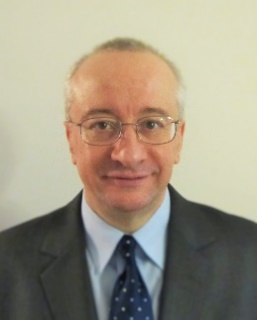
|
|
Borislav Lubomirov Ivanov |
|
Research Associate Professor |
|
|
|
Department of Chemical and Biomolecular Engineering
|
|
Vanderbilt University |
|
USA |
|
Personal homepage |
|
|
|
Title: Short Pulse Laser Processing and Laser Materials Chemistry
in Advanced Manufacturing and Medicine |
|
Abstract: The aim of this talk is to present short pulse laser processing and laser materials chemistry in advanced manufacturing. Current applications of laser processing mainly use CW laser for cutting, drilling and welding. We will present advanced laser processing review as a laser induced/enhanced processing where the full potential of laser characteristics as pulse duration, pulse energy, repetition rate and wavelength are used in order to control better laser processing and especially to introduce approaches and technologies inaccessible for CW lasers. This includes applications of nano, pico and femtosecond lasers where short pulse duration introduce substantial advantages over CW lasers. Special attention will be taken to consider new processes where combinations of short pulses and specific wavelengths along with laser induced chemical processes can deliver results, which can’t be produced from any other technologies. The examples from literature and our own results will cover additive manufacturing/3D printing and some biological applications. With continues increase of the average laser power, improved reliability, decrease price per unit watt and substantially widen laser parameter space the laser technologies became valuable industrial alternative especially in 3D printing and surface modification. Additional example of short pulse laser processing of biological tissue will be presented representing laser surgery as potential final application.
|
|
|
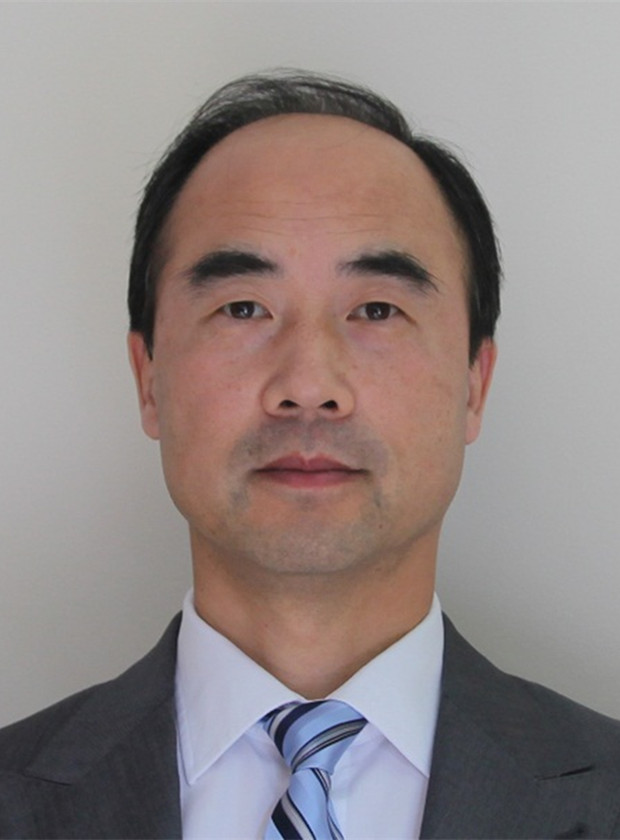
|
|
Kyle Jiang |
|
Professor |
|
Department of Mechanical Engineering |
|
Director of Research Centre for Micro/Nanotechnology |
|
University of Birmingham |
|
UK |
|
Personal homepage |
|
|
|
Title: Biomimetic Surface Features for High Performance Air Bearings and Applications |
|
Abstract: Air bearings are used in high speed machines where ball bearings tend to fatigue. They have the advantages of wear free, zero friction, and requiring low maintenance. Air bearings rely on air films to lift a rotating shaft and support it running at high speeds. In our patented static-dynamic dual mode air bearings, the supply of compressed air will be cut and the shaft will suspend itself by forming air films from its rotation, thus the design of air bearings and their lifting capability are vital. To be able to achieve it, our air bearing research extended to the study of dragonfly wings and bumblebee wings, and borrowed their surface structures in our air bearing designs. Both concave and convex microfeatures are placed on air bearing surfaces. The results show an increase of 15% in lifting capability and help air bearings rotate self-sufficient, without the need of air supply. |
|
|
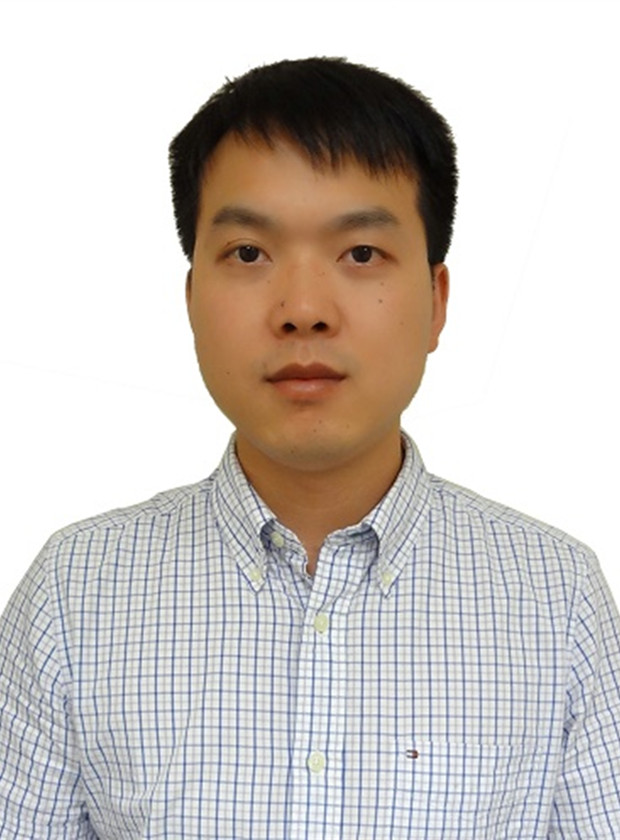
|
|
Dangyuan Lei |
|
Assistant Professor |
|
Department of Applied Physics |
|
The Hong Kong Polytechnic University, Hong Kong |
|
Shenzhen Research Institute |
|
The Hong Kong Polytechnic University, Shenzhen
China |
|
Personal homepage |
|
|
|
Title: Plasmonic Properties of Single Particle-on-film Nanocavities |
|
Abstract: I will discuss our earlier and recent studies on the light scattering response, photoluminescence and nonlinear optical properties of several plasmonic nanocavities comprised of metal film-coupled nanosphere monomers and dimers. Together with 3D full-wave electromagnetic simulations, the plasmon hybridization theory and multipole expansion model will be used to theoretically understood the observed experimental results such as single-particle scattering, polarization-resolved one-photon and two-photon photoluminescence and second-harmonic generation. |
|
| | |
|
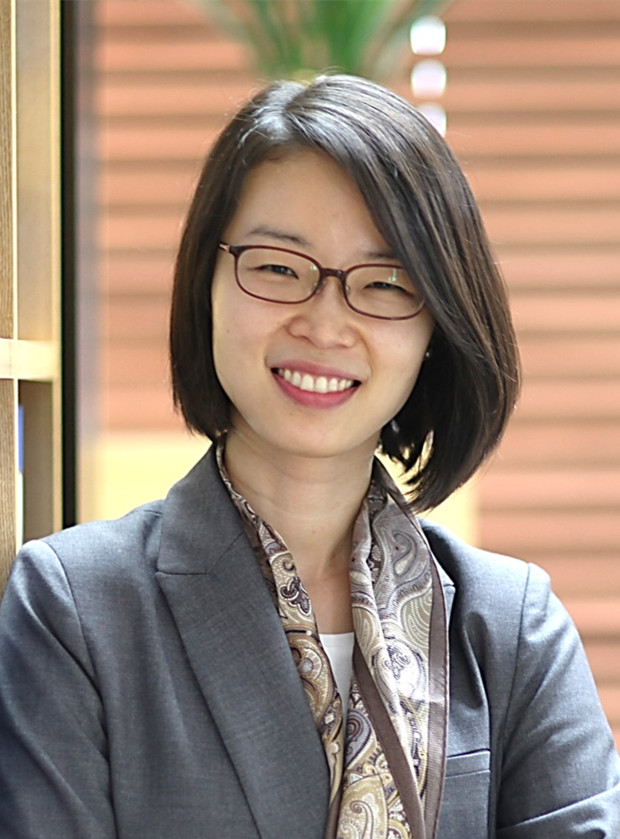
|
|
Dal-Hee Min |
|
Professor |
|
Department of Chemistry |
|
|
|
Seoul National University |
|
Korea |
|
Personal homepage |
|
|
|
Title: 2D Nanomaterials for Biosensing and Theranostics |
|
Abstract: New 2D materials with unique physical and chemical property recently attracted much attention in biomedical area for bioimaging, biosensor, drug/gene delivery, and regenerative medicine. Large part of their unique physical and chemical properties are originated from large surface area with extremely high surface to volume ratio in 2D nanomaterials. 2D nanomaterials such as graphene, MoS2, and MnO2 are considered as rising stars in nanobiomedicine that would provide solutions for clinical challenges and unmet needs. Here, I will introduce the recent study on the development of biosensor, high-throughput screening assay, and drug delivery system based on 2D nanomaterials. |
|
|
|
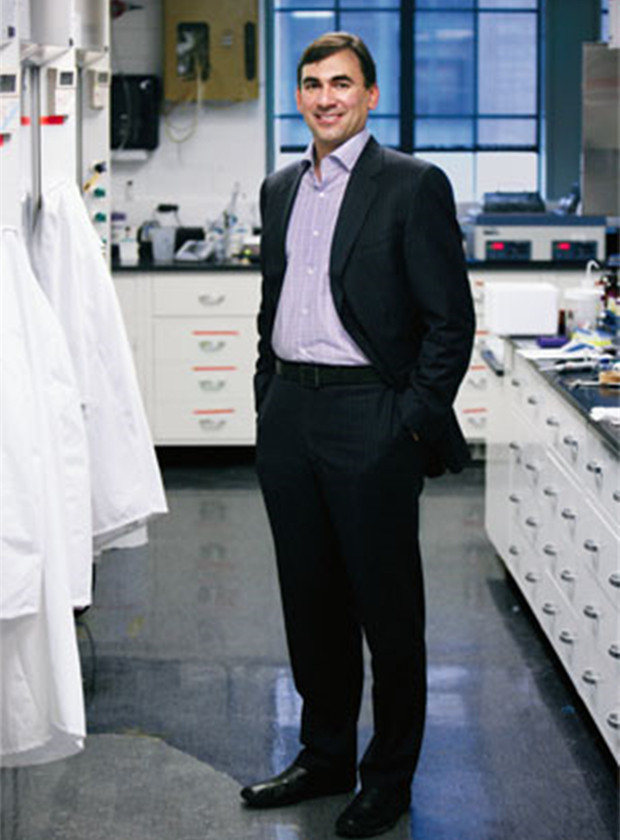
|
|
Milan Mrksich |
|
Professor |
|
Weinberg College of Arts & Sciences |
|
Department of Chemistry |
|
Northwestern University |
|
USA |
|
Personal homepage |
|
|
|
Title: Combining Arrays and Mass Spectrometry for High Throughput Discovery in Chemistry and Biology |
|
Abstract: This talk will describe an approach for using mass spectrometry to analyze molecular arrays. The arrays are prepared by immobilizing small molecules, proteins, peptides and carbohydrates to self-assembled monolayers of alkanethiolates on gold. This arrays are then treated with reactants—either chemical reagents or enzymes—and then analyzed using the SAMDI technique to identify the masses of substituted alkanethiolates in the monolayer and therefore a broad range of reactivities and post-translational modifications—including kinase, protease, methyltransferase and carbohydrate-directed modifications—and for discovering chemical reactions. This talk will describe applications to high throughput experiments, including the discovery of reactions, the use of carbohydrate arrays to discover novel enzymes, the preparation of peptide arrays to profile the enzyme activities in cell lysates and high-throughput screening to discover novel reactions and small molecular modulators. These examples illustrate the broad capability of the SAMDI method to profile and discover molecular activities in the molecular sciences. |
|
|
|
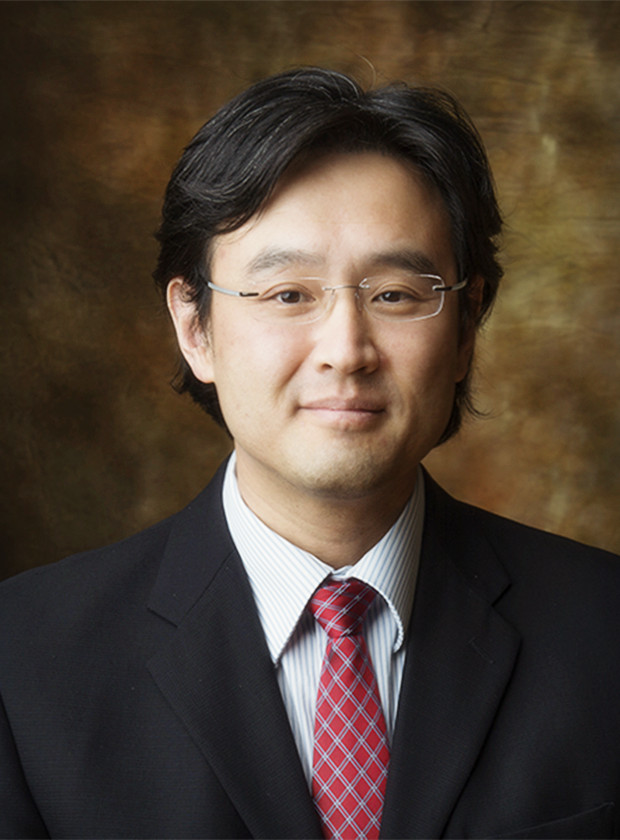
|
|
Zheng Ouyang |
|
Professor |
|
Department of Precision Instrument |
|
|
|
Tsinghua University |
|
China |
|
Personal homepage |
|
|
|
Title: Microsizing the Mass Spectrometry Analytical Systems |
|
Abstract: Micro- and nano-fabrication has been widely applied for a variety of fields in technology development. While individual components of any given system could be scaled down, the size reduction of an integrated system represents difficulty at a significantly different level. Mass spectrometry serves as a general-purpose analytical and sensing method, with a wide range of applications in biomedicine, food safety and environmental monitoring. The miniaturization of the mass spectrometry (MS) systems has also gone through a process from the shrinking of individual components, with mass analyzers of micrometer sizes fabricated, to the development of integrated small system. Besides the size reduction of the system, the simplification of the analytical procedures also played a crucial role in making the lab analytical technology applicable for on-site, point-of-care detection and quantitation of chemical and bio-markers. The grand strategy for the system development as well as the technical aspects for the instrument size reduction and protocol simplification will be discussed. The future impact by the miniature MS systems will be speculated with convincing demonstrations. |
|
|
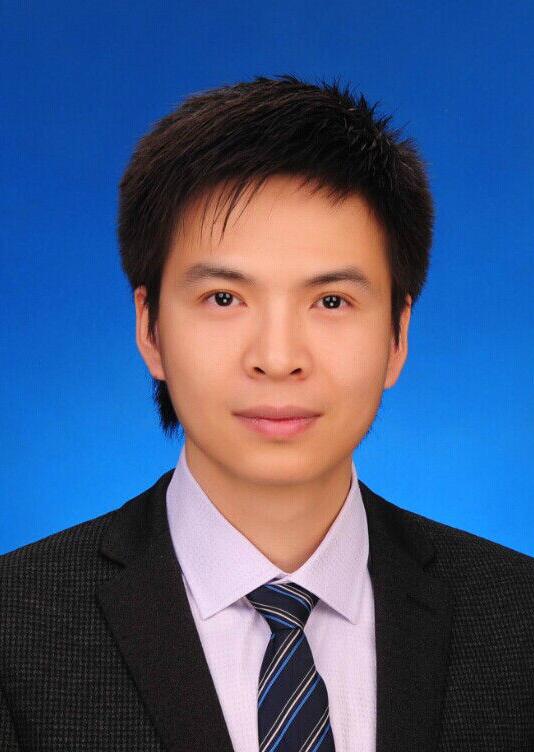
|
|
Kun Qian |
|
Professor |
|
School of Biomedical Engineering |
|
|
|
Shanghai Jiao Tong University |
|
China |
|
Personal homepage |
|
|
|
Title: Design of Analytical Platforms for in Vitro Metabolic Diagnostics |
|
Abstract: Profiling and quantitation of small metabolites are essential for monitoring the physiological and pathological process in bio-systems and can lead to the set-up of new biomarkers benchmark. Despite that mass spectrometry (MS) enjoys huge application benefits over traditional methods, present MS approaches, particularly laser desorption/ionization (LDI) MS techniques, urgently need designed materials as efficient chip platforms and their LDI mechanism is still to be explored, in order to overcome the major limitations in terms of sensitivity, selectivity, throughput, accuracy, and practicability for metabolic diagnostics in clinical laboratory. In this talk, we show our recent progress on the design of hybrid materials as novel chip platforms for LDI MS analysis and their practical application in detection of small metabolites in bio-fluids, for advanced metabolic diagnostics towards large-scale clinical use. |
|
|
|
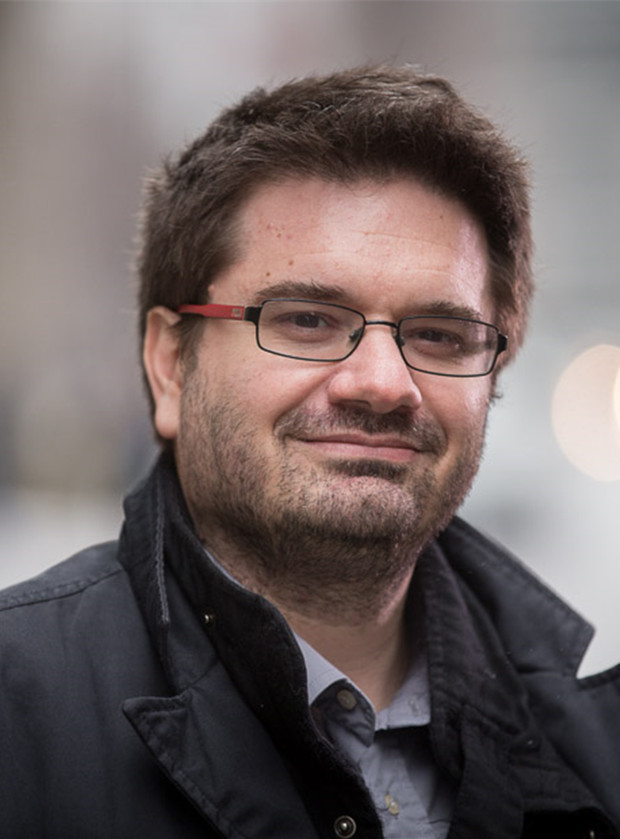
|
|
Federico Rosei |
|
Director |
|
INRS-EMT, Univ. du Quebec |
|
Professor and UNESCO Chair |
|
Materials and Technologies for Energy Conversion, Saving and Storage (MATECSS) |
|
Canada |
|
Personal homepage |
|
|
|
Title: Multifunctional Materials for Emerging Technologies |
|
Abstract: As the age of fossil fuels is coming to an end, now more than ever there is the need for more efficient and sustainable renewable energy technologies. This presentation will give an overview on recent developments in solar technologies that may address, in part the energy challenge. In particular, nanostructured materials synthesized via the bottom–up approach present an opportunity for future generation low cost manufacturing of devices. We demonstrate various strategies to control nanostructure assembly, to design and synthesize functional materials that will help address the energy challenge. We study, in particular, multifunctional materials, namely materials that exhibit more than one functionality, and structure/property relationships in such systems, including for example: (i) control of size and luminescence properties of semiconductor nanostructures, synthesized by reactive laser ablation; (ii) we devised new strategies for synthesizing multifunctional nanoscale materials to be used for applications electronics and photovoltaics. |
|
|
|
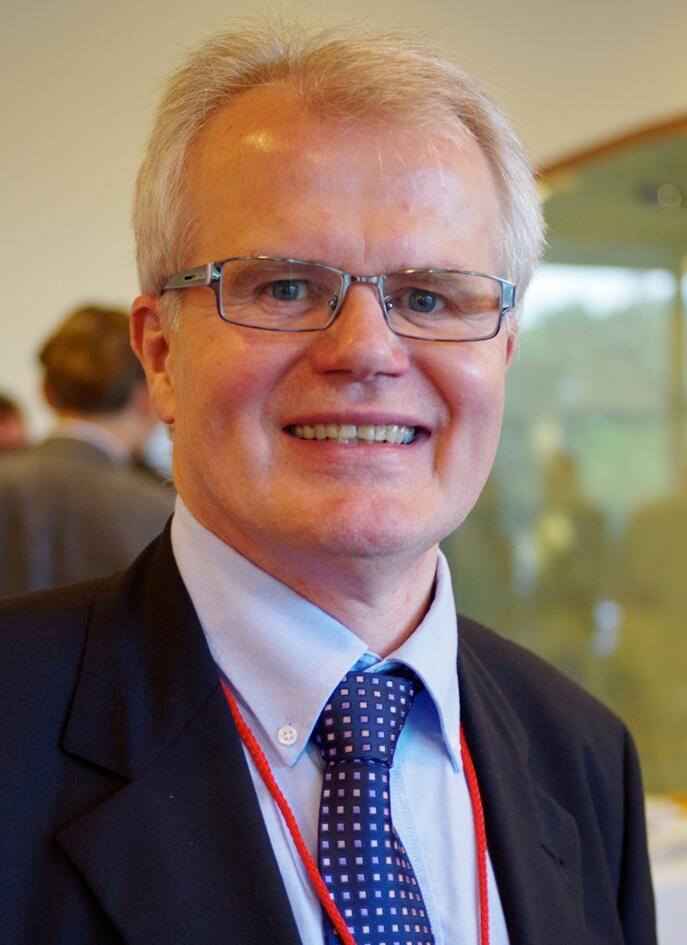
|
|
Bjørn Torger Stokke |
|
Professor |
|
Biophysics and Medical Technology |
|
Department of Physics |
|
The Norwegian University of Science and Technology |
|
Norway |
|
Personal homepage |
|
|
|
Title: Monitoring Swelling of (Bio)responsive Soft Materials with Nanometer Resolution |
|
Abstract: Monitoring swelling of responsive hydrogels at high resolution offer an attractive route to determine hydrogel fundamental properties and their application in development of biosensors. Application of a fiber-optic interferometric platform with 2 nanometer sensitivity for detection of changes in the optical length of various hemispherical 60 m radius hydrogels will be highlighted. The characterization method offer high sensitivity potentially supporting detection of minute concentrations of analyte inducing changes in the hydrogel swelling. The generic swelling properties of ionic hydrogels are transformed to biospecific ones by including specific moities that bind, catalyze or induce some reaction, and where these phenomena eventually affect the overall swelling properties. Thus, hydrogels responding to glucose, oligonucleotide based recognition as well as examples where hydrophobic and electrostatic interactions are dominating in changing the swelling state, have been monitored. Continuous monitoring of glucose concentration in physiologically relevant range and temperature are demonstrated exploiting the fiber-optic interferometer. The oligonucleotide based recognition hydrogel comprises hybridized di-oligonucleotides grafted to the polymer network as network junctions in addition to the covalent crosslinks. This supports detection of complementary oligonucleotides or other biological molecules based on their aptamer sequences. Insight into the coupled processes of transport, binding, competitive displacement and swelling in this hybrid hydrogels was obtained using time-lapse confocal imaging. Monitoring the ionic strength dependent swelling of anionic hydrogels after exposure to polycations show that the distribution of the polycations strongly affects the swelling behaviour. For the quantitative interpretation of the swelling behaviour of the hydrogels, finite element modelling indicate that the covalent linkage at the end of the fiber-optic waveguide reduces the swelling capacity compared to unconstrained hydrogels. In conclusion, these results indicate that high resolution optical interferometry, combined with time-lapse confocal microscopy combined with hydrogel design represent a way forward for design of specifically responding materials, the understanding of the cascade of molecular processes occurring when exposed to molecular stimuli, and their application e.g., as biosensors. |
|
| |
|
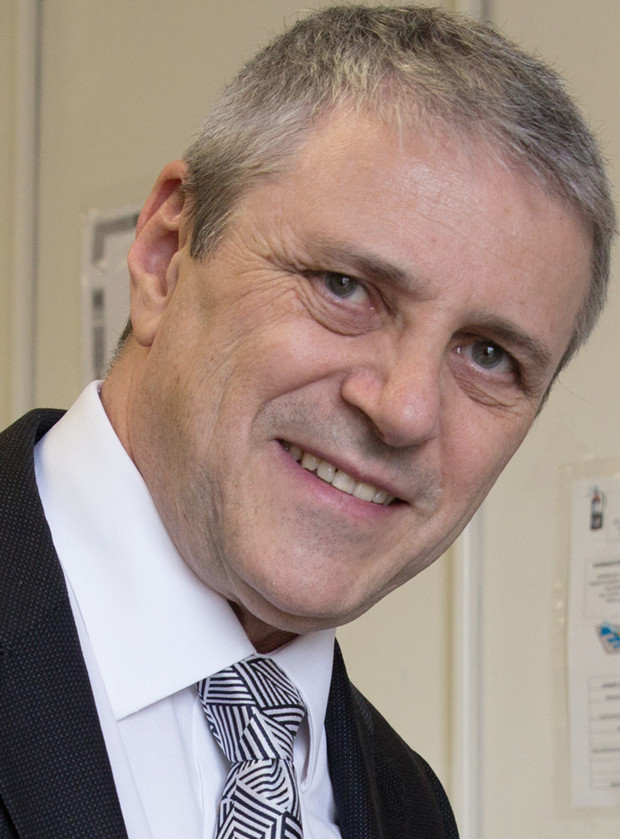
|
|
Akos Vertes |
|
Professor of Chemistry |
|
Professor of Biochemistry and Molecular Biology |
|
Founder and Co-director |
|
W. M. Keck Institute
for Proteomics Technology and Applications |
|
George Washington University, USA |
|
Personal homepage |
|
|
|
Title: Nanophotonic Ion Sources for Trace Analysis and Molecular Imaging by Laser Desorption Ionization Mass Spectrometry |
|
Abstract: Silicon nanopost arrays (NAPA) excited by a pulsed laser facilitate the conversion of surface adsorbates to gas phase ions. This laser desorption ionization (LDI) process is driven by the rapid heating of the nanoposts, and the enhanced electromagnetic field around them. Combined with a mass spectrometer for the separation and detection of ions, this platform has been utilized for the analysis of trace level chemicals, and for molecular imaging of thin animal tissue sections. To enhance the ion yields in LDI, we have introduced elevated bowtie antenna array (EBT) nanostructures, where metal bowties sit on top of silicon nanopost pairs. Optimization of this new nanophotonic ion source has resulted in lower fluence threshold for ion production, and a greater control over ion fragmentation. Quantitative response from EBT platforms is advantageous in analytical applications, e.g., in determining the kinetics of biochemical reactions, and in mass spectrometry imaging. |
|
|
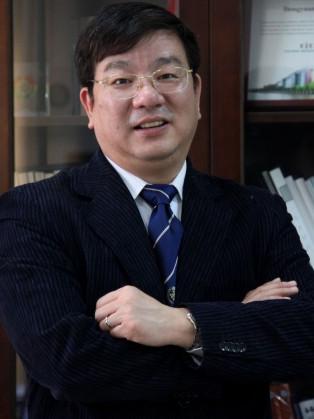
|
|
Dongyuan Zhao |
|
Professor |
|
Senior Editor of ACS Central Science
Advanced Materials Laboratory |
|
Department of Chemistry |
|
Fudan University |
|
China |
|
Personal homepage |
|
|
|
Title: Interfacial Assembly and Engineering of Ordered Functional Mesoporous Materials for Applications |
|
Abstract: With recent progresses made in modern nanoscience and nanotechnology, ordered mesoporous materials have been one of the hottest research topics in scientific community spanned chemistry, materials science, physics and biology. The construction of mesoporous materials is mainly concerned with building monodispersed mesosized (2-50 nm) pore voids and arranging them in a long-range ordered array. Generally, two kinds of templates are used to produce the mesopores: supramolecular aggregates such as surfactant micelle arrays, and rigid preformed solids such as ordered mesoporous silica, carbon, and colloidal crystals. Noticeably, besides the templates, the interface also plays a central role in the synthetic process, because it provides a rich and crucial space for the assembly and construction of mesostructures. Generally, two kinds of interfaces involve in the synthetic system. The first one is at between surfactant templates and guest species, which has been extensively investigated. Another important interface is the two-phase (solid, liquid and gas) one, including liquid-solid, gas-liquid, liquid-liquid, gas-solid, and solid-solid interface, which has been well developed for the synthesis of ordered mesoporous materials. Compared with the one phase synthesis referring to homogeneous nucleation and growth, the introduction of a two-phase interface in the system can change the growth behaviors of mesoporous materials and lead to the formation of molding or multifunctional mesoporous materials. For example, mesoporous thin films or membranes have been widely fabricated on a substrate via an evaporation-induced self-assembly (EISA) method. Multifunctional core-shell structured mesoporous materials can be obtained by rationally depositing mesoporous shells on well-designed cores at the interface. Recently we have developed a novel facile approach i.e. a solvent evaporation-induced aggregating assembly (EIAA) to synthesize large pore mesoporous silica materials. In addition, the well-known hard-templating method for mesoporous materials is also a typical interface reaction. |
|
|
|
|
|
|
|

